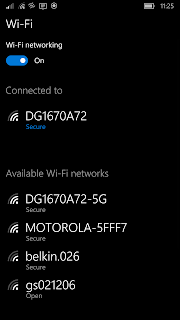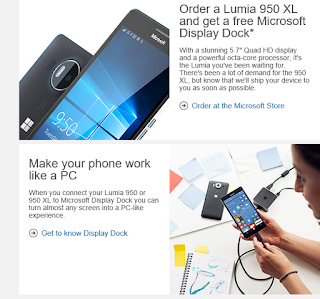New drive for Mobile First from Microsoft

Mobile First, Cloud First --> Repeat this mantra three times, breathe deep each time That is what Microsoft is doing by developing PowerApps. This is presently in limited preview (by invite only) being developed by a small team at Microsoft's Cloud and Enterprise Group. Microsoft believes that there is a huge bundle to be made. PowerApps service can used for creating,sharing and managing mobile business apps on iOS, Android and Windows devices. It is really apps development for dummies kind of thing. Developer need not be a coder and it is best suited and used by those who have a business need but no programming skill. This app is supposed to provide a quick fix for app creation in these days of skilled developer scarcity without having to worry about security and other details. Basically PowerApps, Turn data into apps Mobilize your systems - Sharepoint, SQL Server, Oracle databases, SAP and Custom business Systems If you have Microsoft Office Skil...





